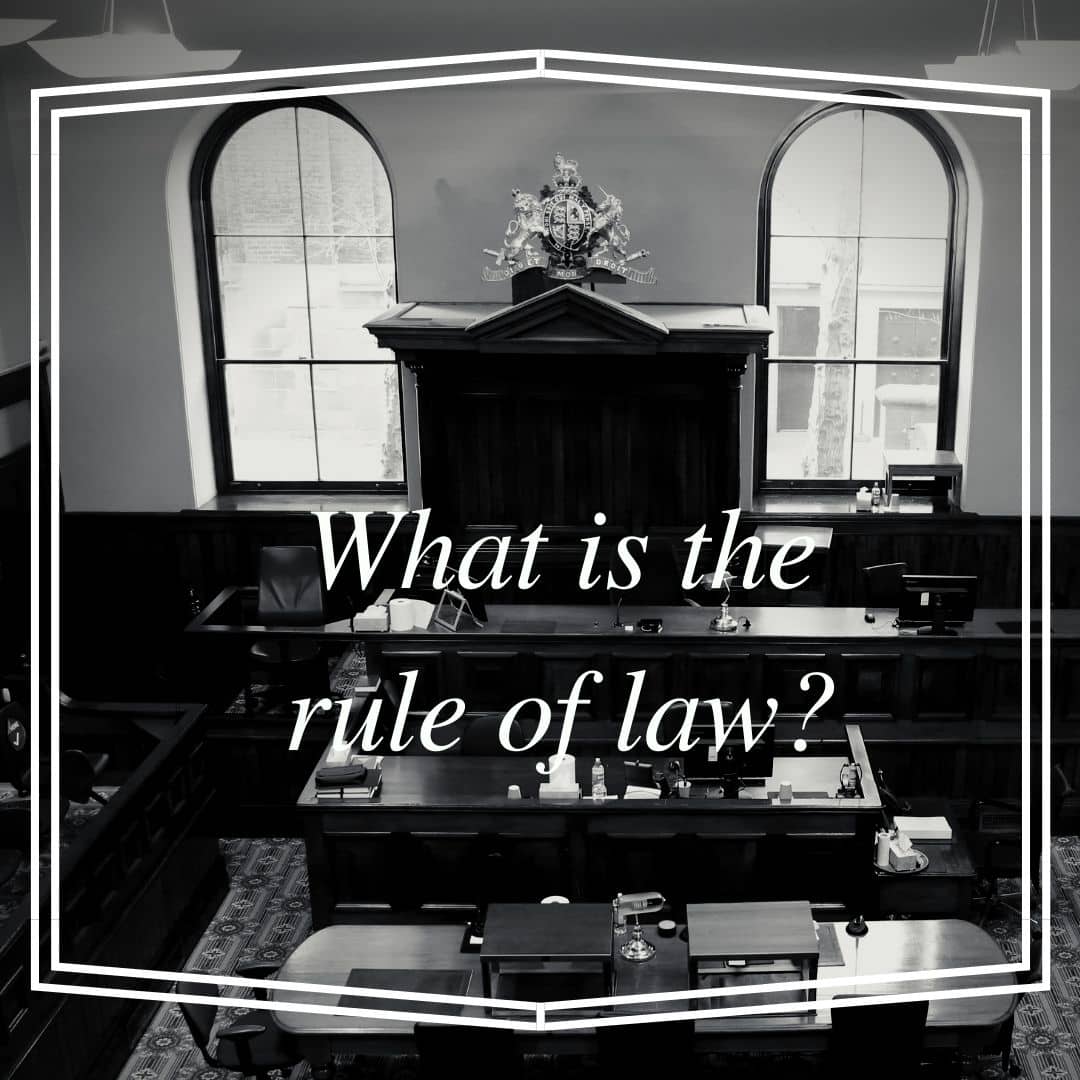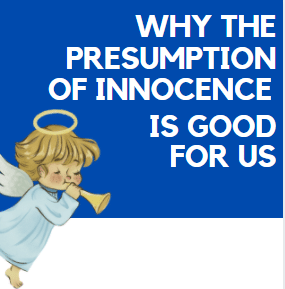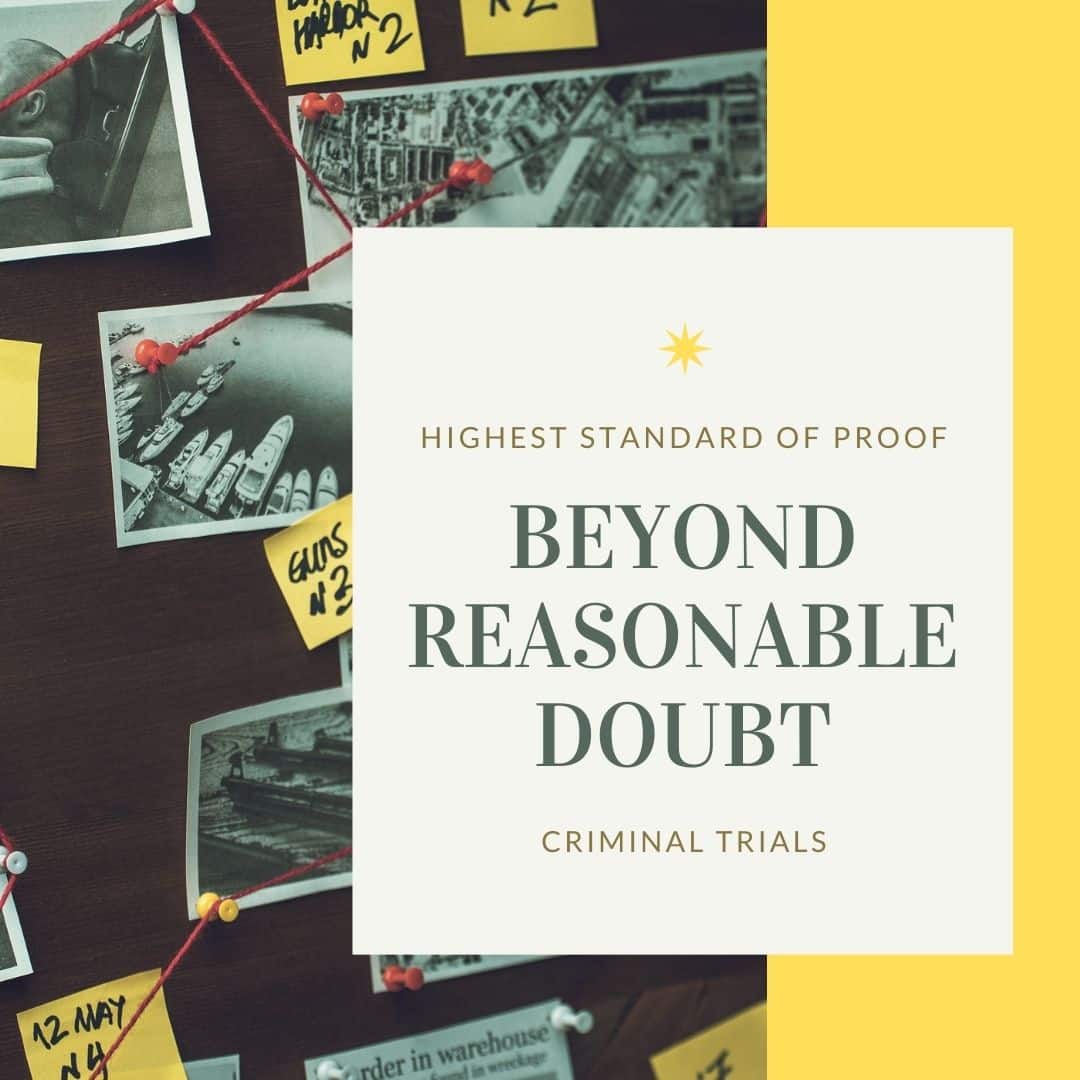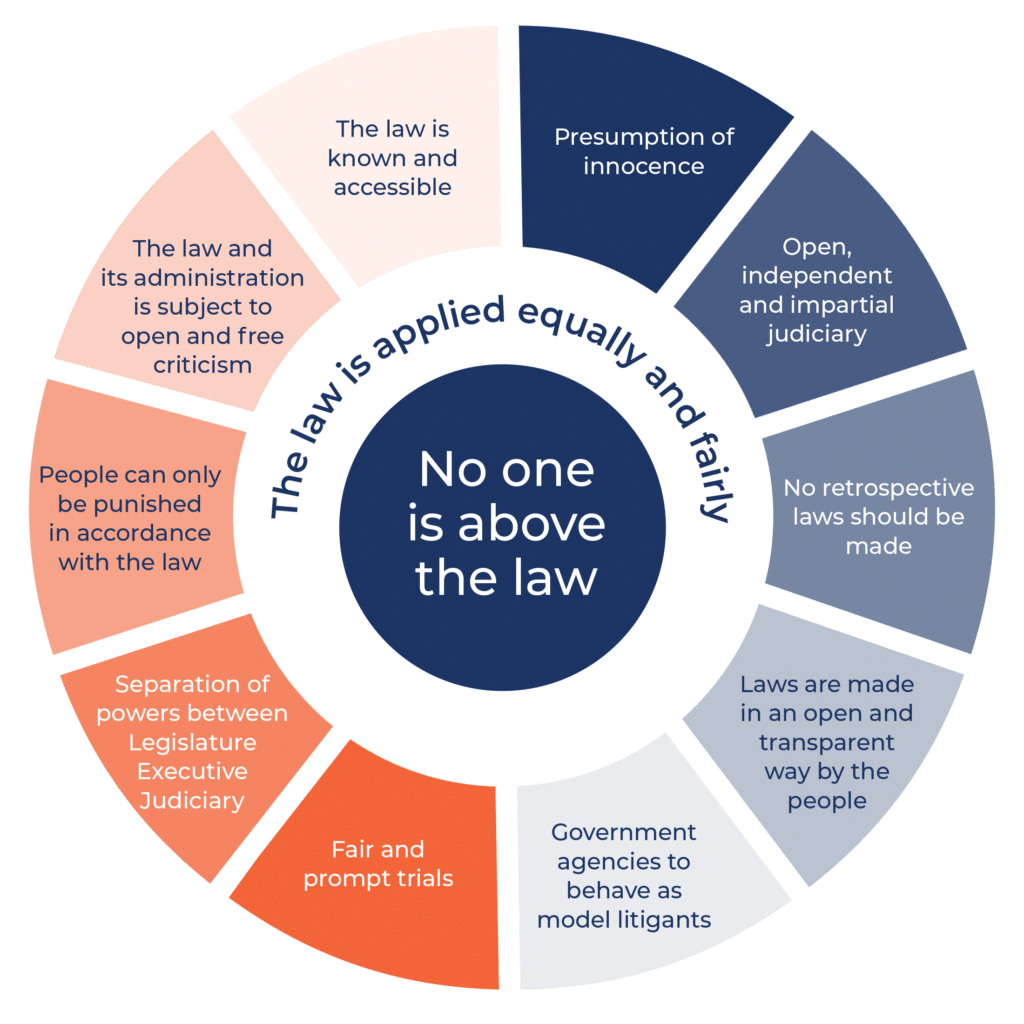Well of course he is guilty! But is he really?
These news articles have blindingly stuck in my head since reading about the death of Parwinder Kaur in 2013 who was allegedly murdered by her husband, Kulwinder Singh. The prosecution alleges Kulwinder poured petrol on his wife and fatally lit her on fire, yet Kulwinder pleads not guilty.
Upon going to court in March to view this case, I had learnt the theory about the presumption of innocence; a legal maxim which asserts all people are considered innocent and the presumption imposes a burden on the accuser to prove the assertion is correct. However, the first day I went to court to view the trial of Kulwinder – the presumption of innocence in the forefront of my mind – I couldn’t help but look at him and ascribe him with guilt.
Kulwinder sat in a clear, Perspex box facing the judge; barricaded from the viewing area. I could only see the back of his head, but I immediately imagined how his face would look: downcast with glazed over eyes. He’s definitely lying, I thought.
The next week I returned to court to watch the trial again. This time was different. Before entering the court room, I looked around the court and saw Kulwinder, the accused, walking around before the trial was to resume after lunch. He wore a dark suit and thick glasses. Immediately, I connected his freedom to walk around the court with the presumption of innocence and the accused’s right to due process. He was also out on bail, and not in police restraints. It made me consider how important the presumption is, for if he was conversely presumed guilty, a potentially innocent man’s freedom and livelihood could be destroyed.
I found just how difficult it is to view a trial that is so tragically heinous in nature without instinctively believing that the accused is guilty. Sitting there, I wanted to see justice served and a part of me considered that this could happen if Kulwinder was convicted. Yet, it is these such cases – those that strike society’s, and even one’s own, most sensitive nerves – when the presumption of innocence and just procedure come under attack. I found that upon viewing the trial for the first time a week before, my own appetite to see someone punished for such a tragedy momentarily rendered the presumption of innocence and the burden of proof an obstacle, in my mind, to the exercising of justice. However, punishing an innocent person in the name of ‘justice’, to satisfy public interest, is by no means true impartiality but a dangerous injustice.
The media reports covering this trial seemed to assume Kulwinder’s guilt. Photos of the accused in police restraints, or in a police interview, were plastered across almost every news article concerning the trial. Yet I began to think, how do these images manifest in the collective public mind, and how do these headline’s influence the belief in Kulwinder’s guilt before trial?
Perhaps, the importance of such a presumption is best understood when we see it momentarily omitted from legal practice, or even if we imagine it’s absence. The presumption of innocence holds that the burden of proof lies with the prosecution; that is, the accused, Kulwinder, does not have to prove his innocence because he did not bring the legal proceeding. Hence, the prosecution must prove, beyond reasonable doubt and provide satisfactory legal evidence, that Kulwinder poured petrol on his wife and set her alight. But what if the presumption of innocence was absent? Kulwinder, an individual man with lesser financial resources against the vast capital of the police, would have to prove he did not commit such an act. He would be forced to prove he deserves his freedom and livelihood in such disadvantaged circumstances. Imagining the rejection of the presumption of innocence led me to believe the onus of proof upon the prosecution is not only fair, but that the right the defendant has to be believed turns the balance justly in his favour.
I turned my attention towards the jury; a group of ordinary people – 5 men and 7 women – whose role it was to make a decision upon the facts. They must not ‘play detective’ or reach a decision upon what is reported on by the media. I noticed the presumption of innocence was protected when Justice Adams outlined reasons why a member may not be suitable on the jury such as any prejudices or familiarity with the accused or the deceased. They must impartially consider the facts presented before them.
I thought about how important their role was – evidenced by the way Kulwinder stood each time they entered the courtroom – but also how difficult it would be to decide upon another human’s guilt or innocence.
I began following this trial without much knowledge of the importance of the presumption of innocence. My first sighting of the accused, Kulwinder, in the Perspex box, and my reading of overtly biased news articles covering the trial, pointed to one verdict: guilty. I found that ascribing someone with guilt simply because they have been accused of a crime is an instinctive reaction. Yet, this is not what the presumption of innocence is about. Taking away a person’s liberty should not be a simple thing to achieve, nor should vexatious and baseless claims put an innocent individual in jail; it is logic that dictates not all assertions can be treated as true until they have been proven as such.
On the 30th of March 2021, Kulwinder Singh was found not guilty of murdering his wife Parwinder Kaur after the jury deliberated for 2 hours. If the presumption of innocence was not protected, an innocent man could have suffered a significantly dissonant fate; one of injustice and undeserved inhuman treatment.









